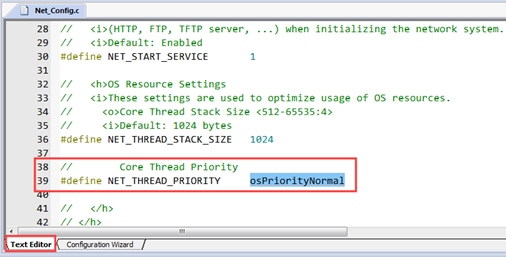|
|
We are given a string "W". We need to output the next letter in the alphabet after the letter 'W'.
The alphabet is: A, B, C, D, E, F, G, H, I, J, K, L, M, N, O, P, Q, R, S, T, U, V, W, X, Y, Z.
Since 'W' is the 23rd letter (if A is 1, then W is 23), the next letter is the 24th letter, which is 'X'.
The letter 'W' is the 23rd letter of the English alphabet. The next letter in sequence is X.
Explanation:
Alphabet sequence: A, B, C, D, E, F, G, H, I, J, K, L, M, N, O, P, Q, R, S, T, U, V, W, X, Y, Z.
After 'W' comes 'X'.
Thus, the next letter after 'W' is X.
Okay, so I need to solve this problem where I have to find the value of x in the equation 3x + 5 = 20. Let me think. Alright, first, I remember that to solve for x, I need to isolate it on one side of the equation. The equation is 3x plus 5 equals 20.
Hmm, so the first step is probably to get rid of that 5 that's being added to 3x. To do that, I should subtract 5 from both sides of the equation. That way, I keep the equation balanced. Let me write that down: 3x + 5 - 5 = 20 - 5. Simplifying both sides, the +5 and -5 on the left side cancel each other out, so I get 3x = 15.
Now, I need to get x by itself, so the next step is to divide both sides by 3. That's because 3 is multiplied by x, and division is the inverse operation. So, 3x divided by 3 is x, and 15 divided by 3 is 5. Therefore, x should equal 5.
Wait, let me check if that's right. If I plug x = 5 back into the original equation: 3*(5) + 5 = 15 + 5 = 20. Yep, that matches the right side of the equation, which is 20. So that works.
But wait, did I make any mistakes in my steps? Let me go through it again. Starting with 3x + 5 = 20. Subtract 5 from both sides: 3x = 15. Then divide by 3: x = 5. Check by substitution: 3*5 is 15, plus 5 is 20. Correct.
I think that's solid. Maybe another way to look at it is by using inverse operations step by step. The equation has addition and multiplication. According to the order of operations, multiplication comes before addition, but when solving, we reverse that. So we undo the addition first by subtracting 5, then undo the multiplication by dividing by 3.
Alternatively, could I have divided first? Let me see. If I divide both sides by 3 first, the equation becomes x + (5/3) = 20/3. Then subtract 5/3 from both sides: x = 20/3 - 5/3 = 15/3 = 5. Oh, that also works. So either method is valid.
But usually, people are taught to subtract first because it's simpler to handle whole numbers rather than fractions. But mathematically, both approaches are correct. So either way, x is 5.
Another check: if x were something else, like 4, then 34 +5 = 12 +5 =17, which is less than 20. If x were 6, 36 +5=18+5=23, which is more than 20. So 5 is the only number that works.
I think that's thorough. The answer is 5.
To solve the equation (3x + 5 = 20) for (x):
Subtract 5 from both sides to isolate the term with (x):
[
3x + 5 - 5 = 20 - 5 \implies 3x = 15
]
Divide both sides by 3 to solve for (x):
[
\frac{3x}{3} = \frac{15}{3} \implies x = 5
]
Verification:
Substitute (x = 5) back into the original equation:

[
3(5) + 5 = 15 + 5 = 20
]
The left side equals the right side, confirming the solution is correct.
Answer: (\boxed{5})
|
|